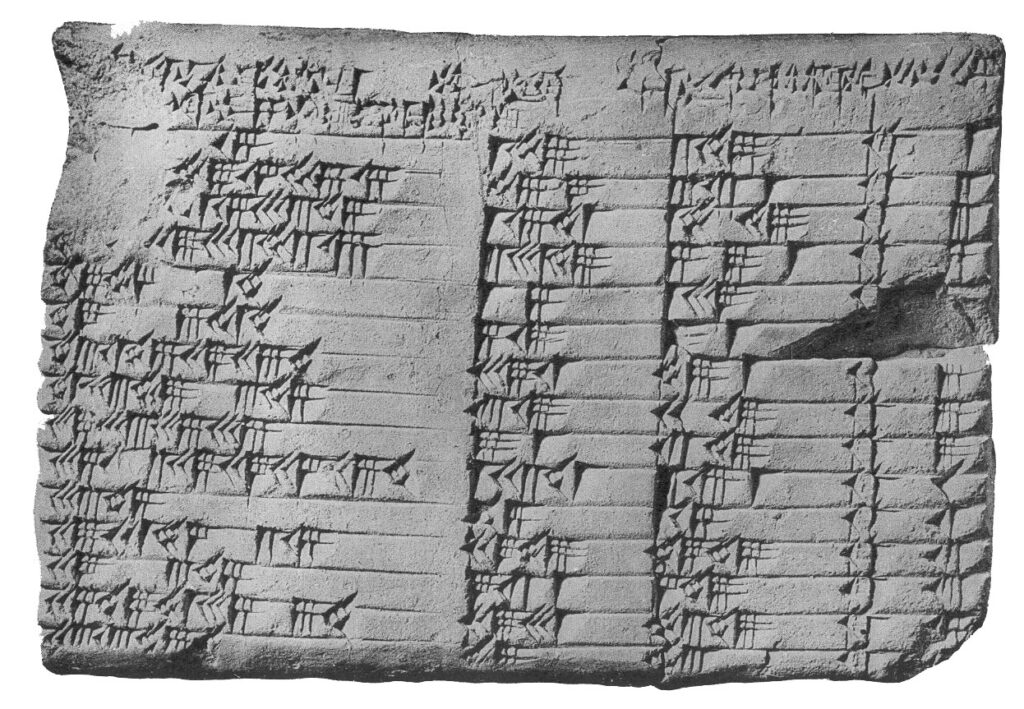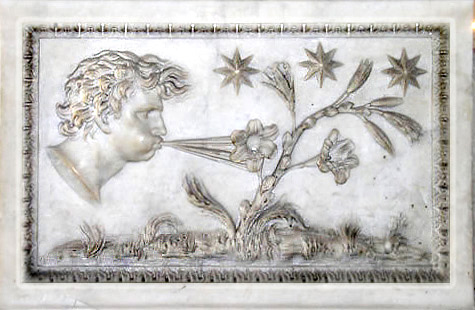Focus On: (490) Veritas
Veritas is the name given to the Roman virtue of truthfulness, considered one of the main qualities any good Roman should possess, and the Goddess of Truth, daughter of Saturn. The Greek equivalent is Aletheia.
Focus On: (490) Veritas Read Post »










